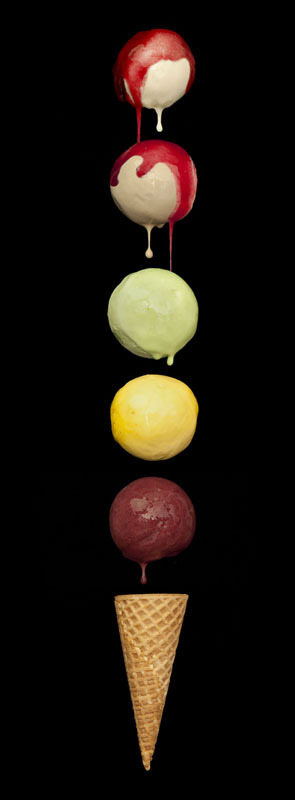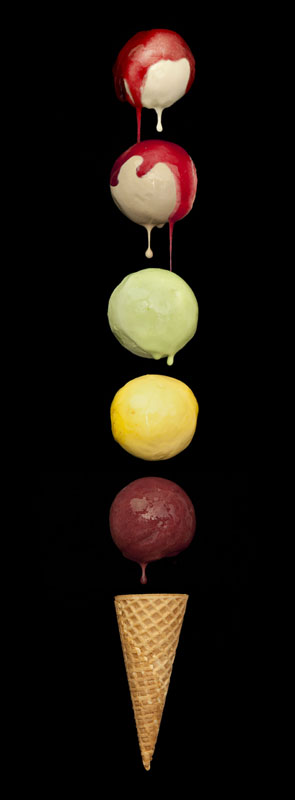Modernist Cuisine's Guide To Cooking With Xanthan Gum
Some people feel suspicious of ingredients with unfamiliar names, such as xanthan gum. We are frequently asked, "Aren't your dishes chock-full of chemicals?" Well, yes, all foods, including the most natural and organic are composed of chemicals. But nearly all of these chemicals are derived from natural ingredients or processes, and many have been used for decades.
Click Here to See How to Make The Modernist Cuisine Team's Pistachio Gelato Recipe
First discovered by USDA scientists in the 1950s, xanthan is formed by fermentation by plant-loving bacteria that are characterized by sticky cell walls. It is no less natural than vinegar or yeast.
We think xanthan gum is one of the best discoveries in food science since yeast. It is used as a thickener or stabilizer in a wide variety of foods that we find on grocery store shelves. Many canned or prepared products contain xanthan gum: salad dressings, sauces, soups, and baked goods — particularly those that are gluten-free because xanthan can perform some of the same functions that gluten does.
Xanthan gum is one of the most useful food additives around, effective at a wide range of viscosities, temperatures, and pH levels. It is easy to use, has no taste, and generally works quite well. It can thicken liquids at extremely low concentrations. As little as 0.1 percent by weight can yield a thick liquid, and 0.5 percent can make a thick paste. Traditional thickeners like flour typically require far larger amounts to do a similar job. The quantity matters because the more thickener you have as a fraction of the total mixture, the more likely it is to impose an undesirable texture and to inhibit flavor.(Photo courtesy of Tyson Stole/Modernist Cuisine, LLC)
Click here to see the Pistachio Gelato Recipe
Adapted from Modernist Cuisine and Modernist Cuisine at Home, which launches Oct. 8, 2012. To read more about Modernist Cuisine and the launch of their new book, Modernist Cuisine at Home, visit their events page.

